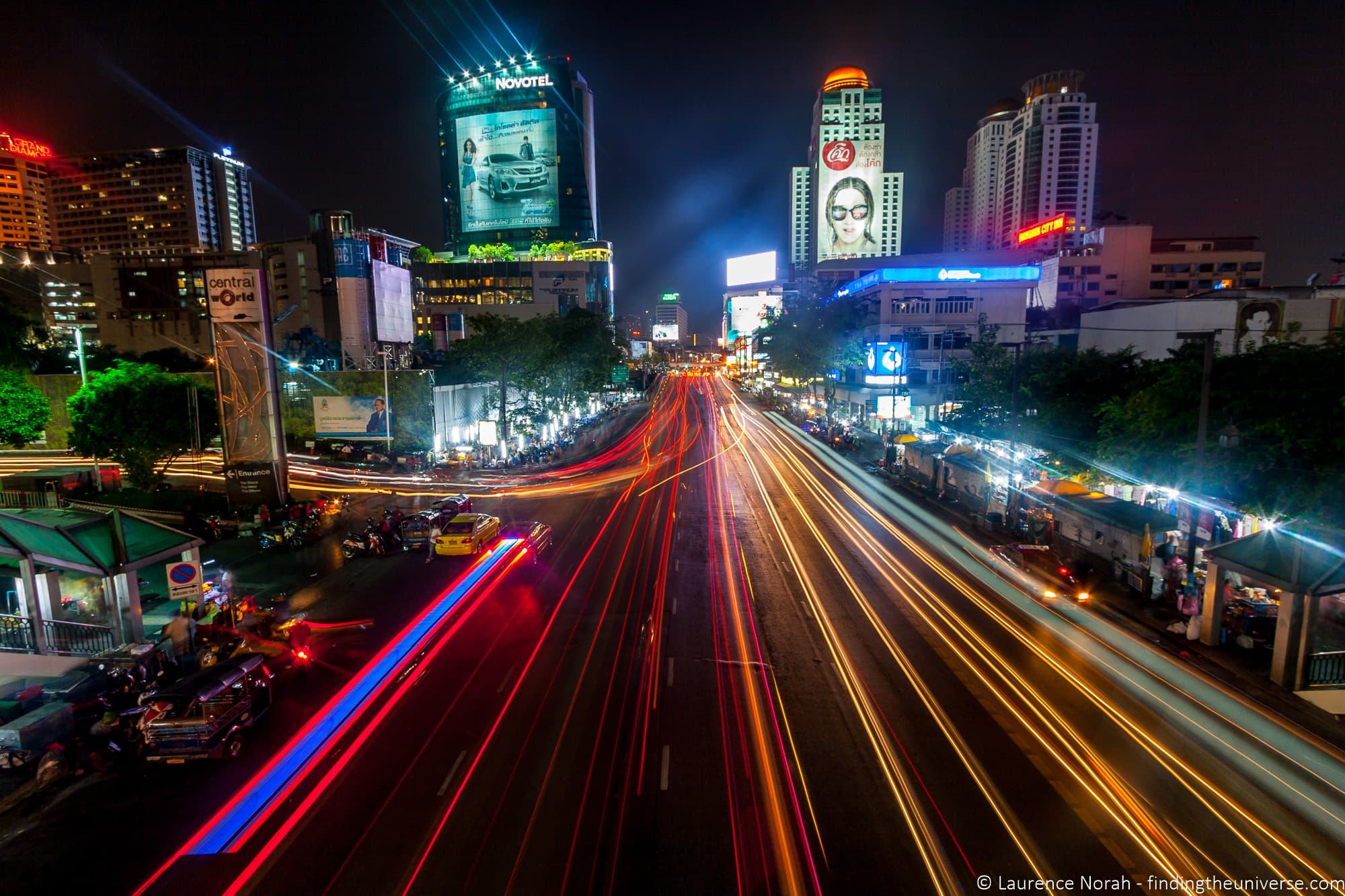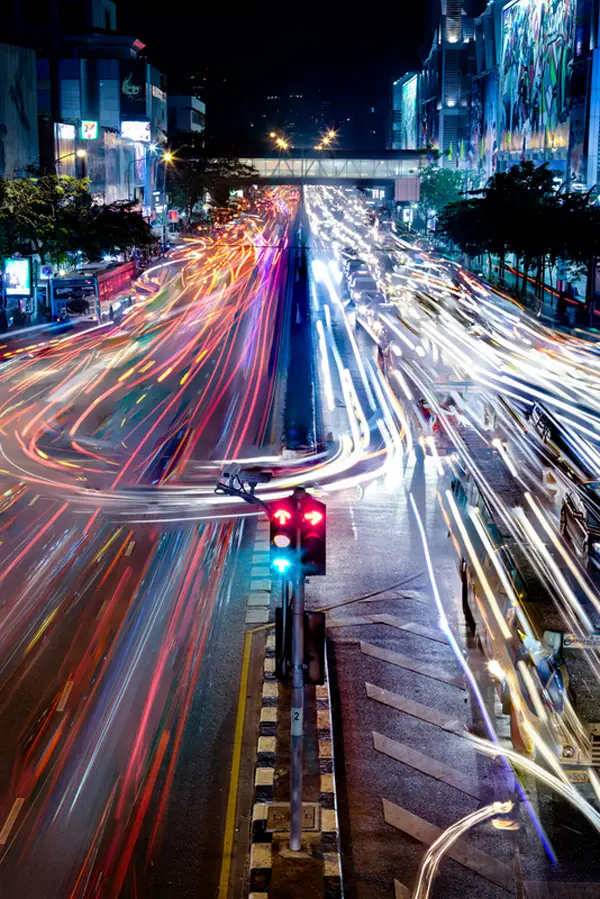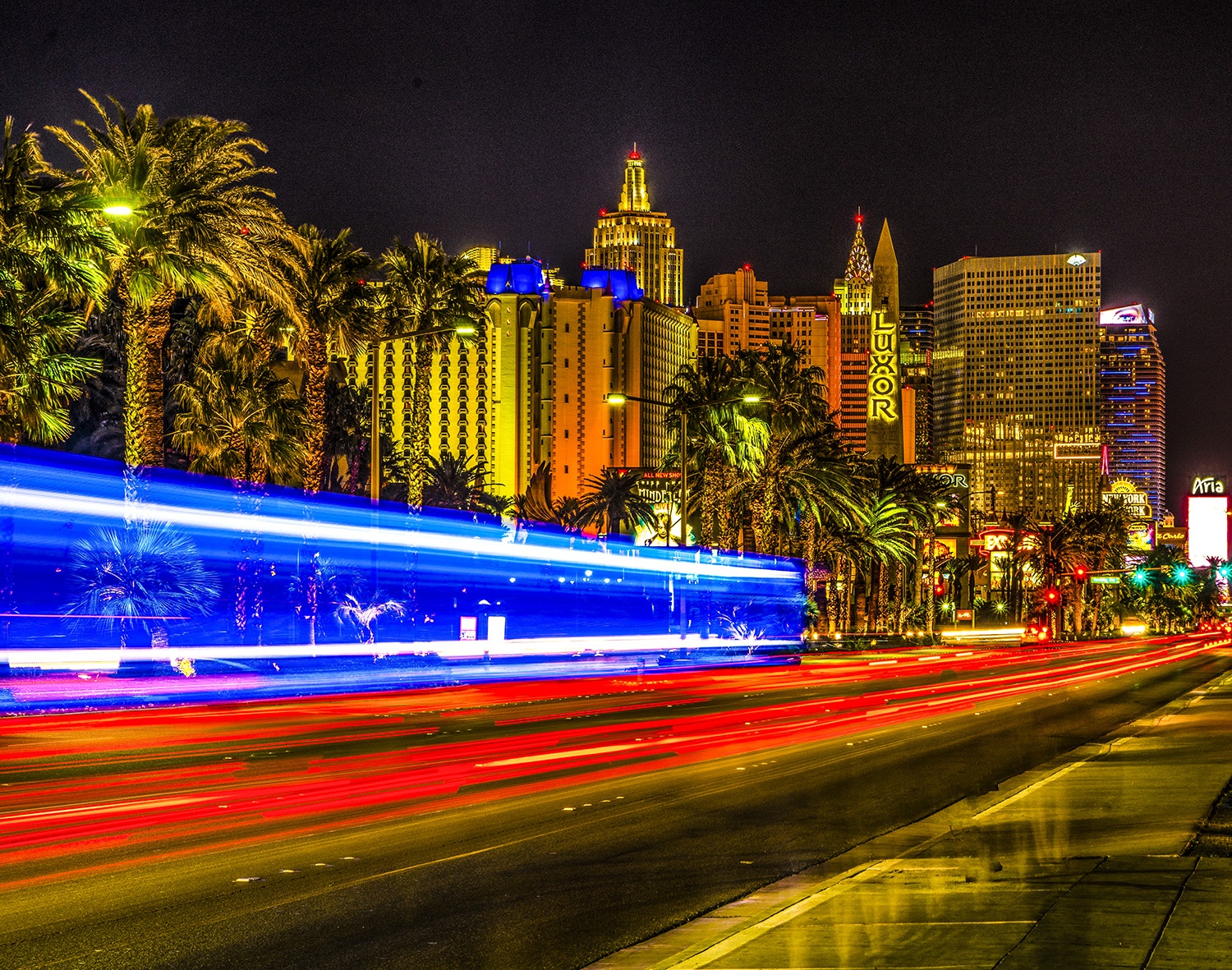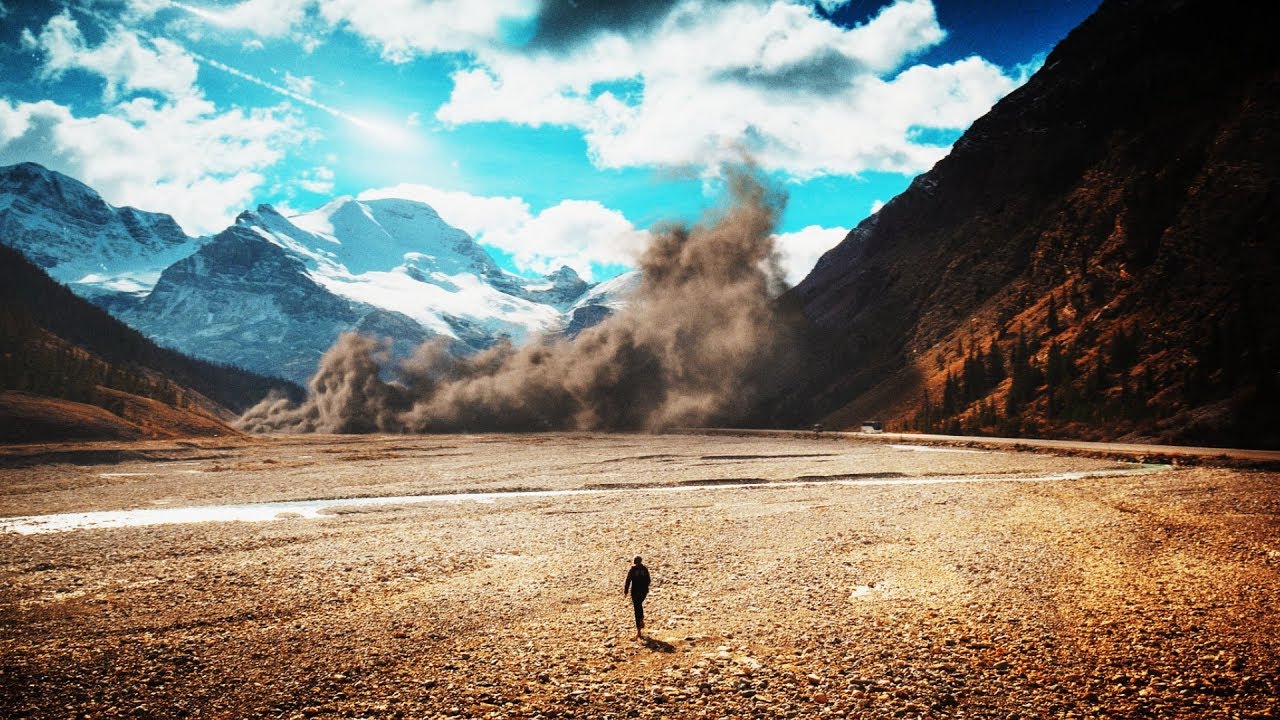Photographie nocturne à longue exposition : techniques et astuces pour capturer de superbes paysages nocturnes en 2025
Introduction
La photographie à longue exposition est une technique photographique captivante qui permet de capturer la beauté fugace du mouvement et de la lumière sur de longues périodes, notamment sous le ciel nocturne. Alors que 2025 apporte de nouvelles avancées et de nouveaux défis en photographie, cette technique continue d'évoluer, alliant art et prouesse technique. Pour les photographes désireux de perfectionner leurs compétences et de capturer des paysages nocturnes époustouflants, comprendre la photographie à longue exposition est primordial.
Le Défi de Rendu de Photographie de Nuit 2025 se concentre sur l'amélioration des méthodes de traitement d'images pour la photographie de nuit. Cette année, le défi intègre des avancées informatiques telles que l'appariement de jeux de données provenant de smartphones et d'appareils photo professionnels pour gérer des complexités invisibles lors du traitement des photos de jour, en privilégiant les mesures d'évaluation basées sur la perception.

Qu'est-ce que la photographie à longue exposition ?
Comprendre les bases
La photographie à longue exposition consiste à prolonger la durée d'ouverture de l'obturateur. Cela permet à davantage de lumière d'atteindre le capteur, capturant ainsi les mouvements et créant des effets invisibles à l'œil nu. Cette technique est particulièrement utile pour photographier des phénomènes célestes tels que les filés d'étoiles, la Voie lactée et les couleurs captivantes des aurores boréales.

Dans le monde des expositions longues, on utilise généralement des vitesses d'obturation inférieures à 1/60e de seconde. En gardant l'obturateur ouvert plus longtemps, les photographes peuvent capturer la dimension éthérée des paysages nocturnes, mêlant éléments fixes et mobiles pour créer une image singulière et cohérente.
Techniques de photographie nocturne à longue exposition
Équipement essentiel
- Trépied : Un trépied stable est indispensable pour les expositions longues afin d'éviter les tremblements et le flou.
- Appareil photo avec mode manuel : cela vous permet de contrôler précisément la vitesse d'obturation et l'ouverture.
- Objectif grand angle : idéal pour capturer des ciels et des paysages vastes et étendus.
- Filtres à densité neutre (ND) : bien qu'ils soient principalement utilisés pour la photographie de jour, les filtres ND peuvent aider dans des scénarios nocturnes spécifiques.

Paramètres de l'appareil photo
- Mode manuel ou Bulb : contrôlez votre appareil photo manuellement pour affiner vos paramètres.
- Photographiez en RAW : ce format capture le plus de détails, ce qui est crucial pour le post-traitement.
- ISO : utilisez le réglage ISO le plus bas possible pour minimiser le bruit ; cependant, vous pourriez avoir besoin d’un ISO plus élevé pour les scènes sombres.
- Ouverture : utilisez une grande ouverture (nombre f plus petit) pour laisser entrer plus de lumière.

Techniques de focalisation
Faire la mise au point dans l'obscurité peut s'avérer difficile. La mise au point manuelle est souvent privilégiée pour les photos nocturnes à longue exposition. Utilisez une lampe torche pour éclairer un point éloigné ou faites la mise au point sur l'horizon, puis passez en mise au point manuelle pour verrouiller vos réglages.

Composition et cadrage
Arriver sur place bien avant le crépuscule permet de mieux repérer et se préparer. Tenez compte de l'évolution des éléments, comme les nuages et les corps célestes, et utilisez-les pour améliorer votre composition.

Conseils pour capturer de superbes paysages nocturnes
Adoptez les paysages urbains et naturels
Les paysages urbains nocturnes offrent de magnifiques possibilités de pose longue grâce aux traînées lumineuses et à l'architecture illuminée. À l'inverse, les zones rurales offrent sérénité et moins de pollution lumineuse, ce qui les rend idéales pour la photographie de filés d'étoiles.

Météo et planification
La réussite d'une photographie nocturne en pose longue dépend souvent des conditions météorologiques. Un ciel dégagé est préférable, mais une couverture nuageuse peut ajouter de la texture et de la profondeur à vos images. Utilisez des applications météo et des calendriers astronomiques pour planifier vos prises de vue lors de pluies de météores ou d'éclipses.
Expérimenter et innover
Chaque nuit présente des conditions et des défis uniques. Des expérimentations régulières avec différents paramètres, non seulement sur le terrain, mais aussi en post-traitement, peuvent donner des résultats très satisfaisants.
Présentation de Camstrap : améliorez votre expérience de photographie nocturne
Pour les photographes qui s'aventurent dans le monde des paysages nocturnes, la liberté de mouvement et l'accès rapide au matériel sont essentiels. C'est là que Camstrap entre en jeu.
Le Camstrap Explorer est conçu pour les professionnels transportant du matériel lourd. Il est doté d'une sangle respirante et plus large pour plus de confort lors des longues prises de vue, d'un clip magnétique pour capuchon d'objectif (MagClip) permettant un changement d'objectif instantané et d'un chiffon de nettoyage en microfibre intégré pour préserver la clarté de l'image. Pour ceux qui préfèrent un chargement plus léger, le Camstrap Voyager est idéal pour transporter des appareils photo plus petits sans compromettre la mobilité.

Conclusion
La photographie nocturne en pose longue offre des possibilités créatives infinies, faisant de chaque cliché un mélange unique de temps, de lumière et de mouvement. Avec le bon équipement, les bonnes techniques et un peu de patience, les photographes peuvent capturer des paysages nocturnes époustouflants, inspirants et saisissants.
Prêt à immortaliser la nuit comme jamais auparavant ? Découvrez Camstrap et ses solutions innovantes pour compléter votre expérience photographique. Préparez-vous à réussir et créez des images qui sortent de l'ordinaire.





